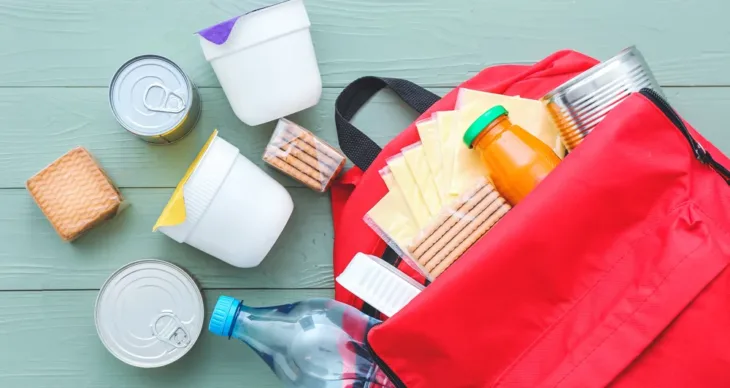Mornings are hard enough without worrying if your kid will go hungry at school. But the truth is, school meals might be the most dependable food some children get all day.
That’s why the National School Lunch Program (NSLP) exists—to take that burden off parents’ plates and ensure every child has access to a healthy breakfast and lunch, no matter what’s happening at home.
The Free and Reduced-Price School Meals Program is part of NSLP, and it helps families with lower incomes cover the cost of meals at public and nonprofit schools. If your household qualifies, your child can receive meals either completely free or at a very low cost.
Here’s what you should know:
- The meals follow nutritional guidelines set by the USDA—this isn’t just pizza and chocolate milk.
- Many schools also include breakfast programs, which are often free to all students, regardless of income.
- Applications are simple and usually go through the school district. You only need to apply once per school year, and you can qualify anytime if your income changes.
- Some kids are automatically eligible without needing to apply—like those whose families receive SNAP, TANF, or certain other government benefits.
Worried about stigma? Many parents hesitate to sign up, fearing their child will be treated differently. But most schools now use digital payment systems that don’t identify who’s getting assistance, so no one has to feel singled out.
And here’s something many families may not realize: you can still qualify even if you’re working full-time. The income limits are higher than you might expect, especially for households with more than one child. It’s worth checking every year, even if you’ve been denied before.
Plus, the benefits don’t just help your child—they help your budget. If you’re spending less on groceries or packed lunches, that’s money that can go toward other essentials like rent, transportation, or healthcare.
This program isn’t just about food. It’s about removing one more barrier for kids trying to focus and learn. A child with a full stomach is more likely to pay attention, perform better on tests, and stay engaged in school. And for parents, that peace of mind? It matters just as much.
Next up: A lesser-known version of SNAP designed specifically for older adults—with easier rules and a higher chance of qualifying than you might expect.
By Admin –
